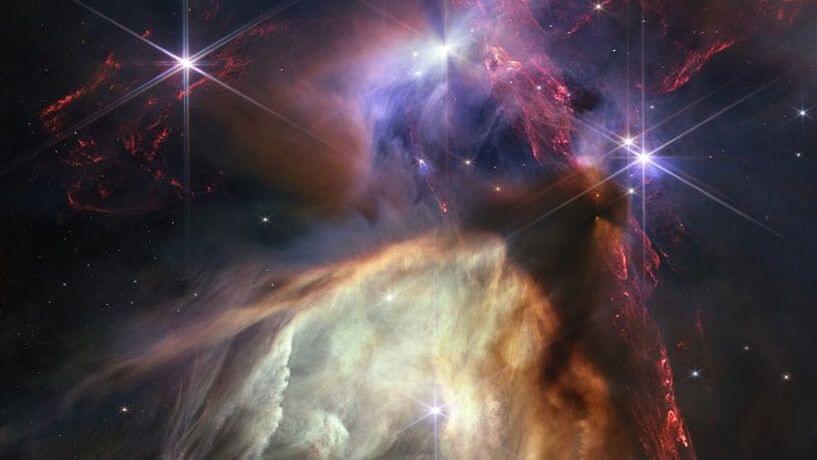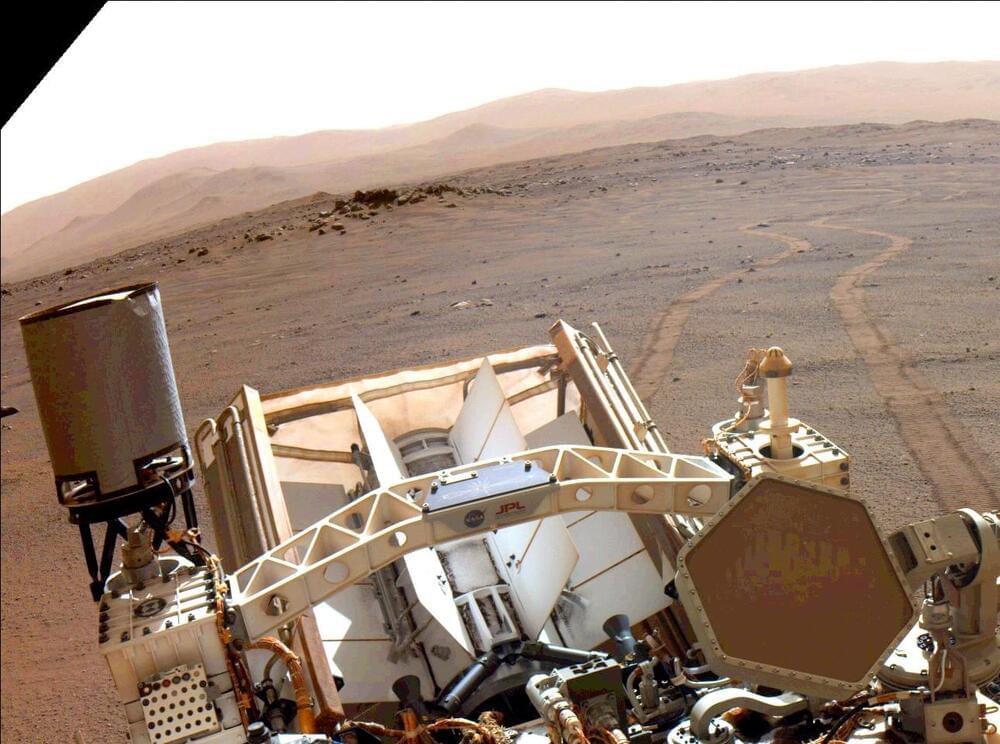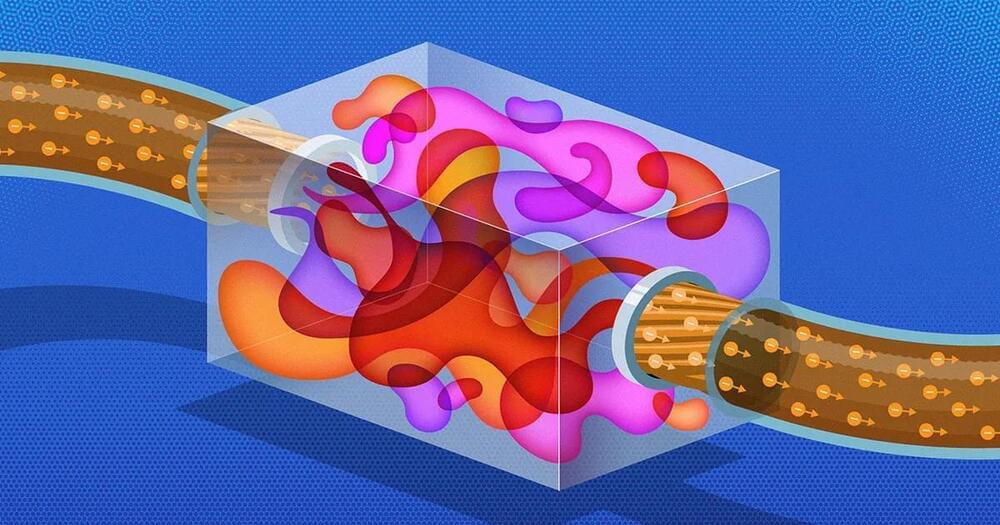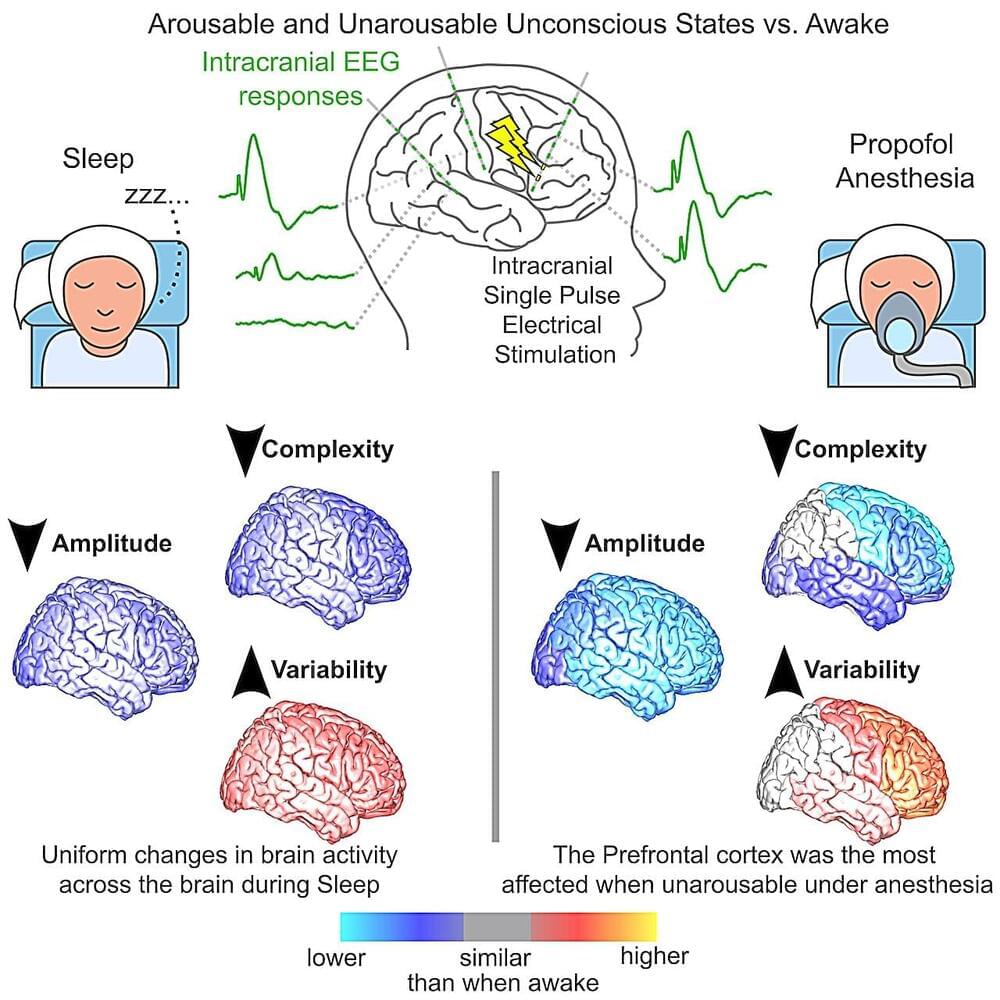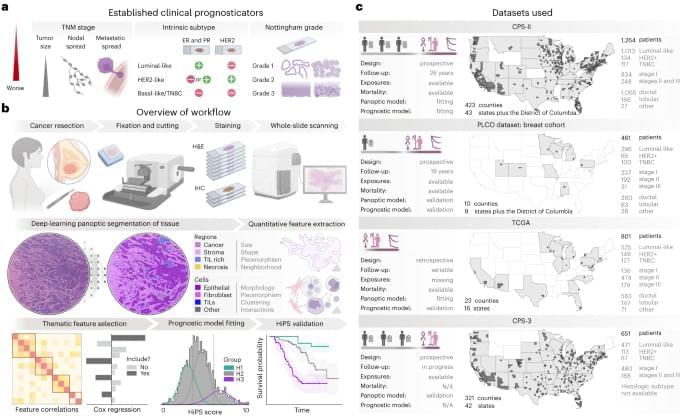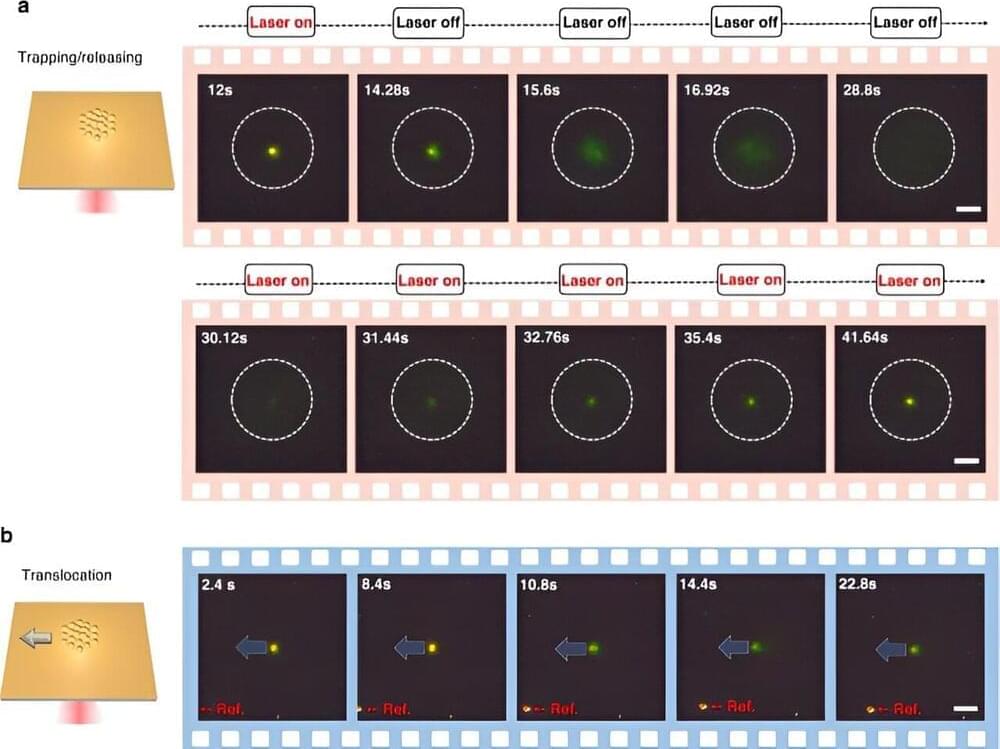The team developed its new method of age determination by harnessing two of the most powerful and accurate techniques already employed by astronomers to study stars. They found that one, known as isochronous measurement, can be used to determine precisely when stars are born. The other, known as dynamical tracking, provides information about when stars leave their cosmic nests.
Synchronizing these two differing cosmic clocks revealed to the team that stars snuggle up to their stellar siblings for around 5.5 million years after birth.
“Our work paves the way for future research into star formation and provides a clearer picture of how stars and star clusters evolve,” Núria Miret-Roig, team leader and an astrophysicist at the University of Vienna, said in a statement. “This is an important step in our endeavor to understand the formation of the Milky Way and other galaxies.”
